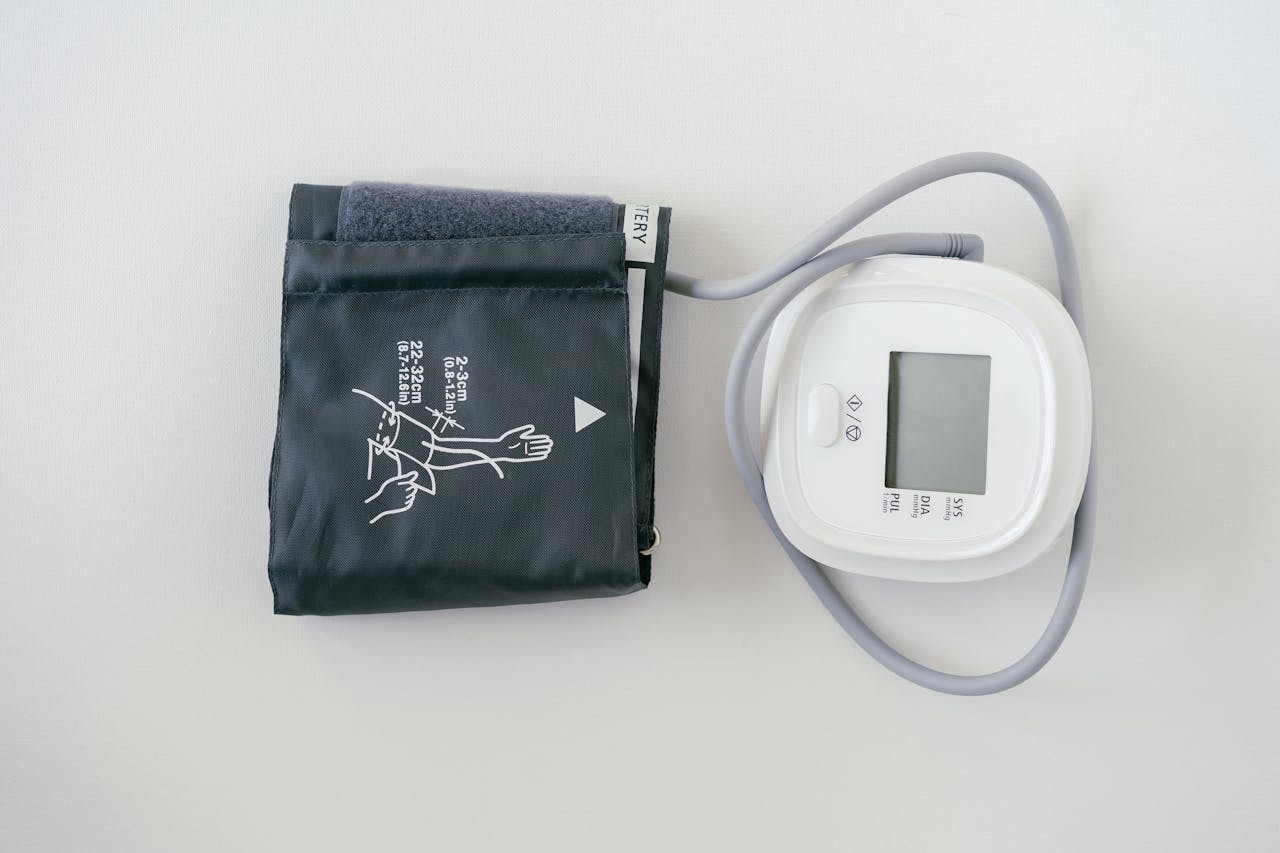Background
In the medical device industry, if you want to bring a new product to market, you first need to obtain approval from the US Food and Drug Administration (FDA). For medical devices that are outside the “Pre-Market Approval” (PMA) application, especially manufacturers of similar devices, they usually choose to use the 510(k) route. This procedure allows manufacturers to obtain approval by proving that their devices are similar to similar devices that have been approved on the market under certain conditions. The following is a detailed analysis of the 510(k) application.
1. 510(k) Overview
The 510(k) procedure originates from Section 510(k) of the Federal Food, Drug, and Cosmetic Act (FD&C Act), which is a way for the FDA to evaluate whether new medical devices meet legal requirements. This procedure requires manufacturers to submit an application with detailed information to prove that their new device is similar in design, principle, function, and performance to similar devices that are already on the market and have been “510(k) clearance”.
2. Application steps
2.1 Preparatory work
Before formally applying for 510(k), manufacturers need to make sufficient preparations. First, they should confirm that their products do meet the application requirements of the 510(k) pathway, that is, whether the products do belong to the categories that are similar in function and use to existing devices on the market. Second, manufacturers need to collect and prepare all necessary technical documents and data for submission to the FDA during the application process.
2.2 Application process
The actual application process includes several important steps:
Preparing application documents: Manufacturers need to prepare detailed application documents, including product descriptions, technical specifications, performance data, raw material lists, production process descriptions, etc.
Submitting the application: After the application documents are prepared, the manufacturer submits them to the FDA. This process can be completed through the FDA’s electronic submission system to ensure timely and safe delivery of the documents.
Review process: The FDA will review the application documents to evaluate the similarity of the new device to existing devices and whether it meets the FDA’s safety and effectiveness standards. During this period, the FDA may ask additional questions or request additional information from the manufacturer regarding certain issues in the application documents.
2.3 Evaluation and Decision
Based on the information submitted and the evaluation of the product, the FDA will make the following possible decisions:
Approval: If the FDA believes that the new device is similar enough to existing devices and meets the safety and effectiveness requirements, they will issue a 510(k) pre-market approval.
Rejection: If the FDA believes that the information in the application is insufficient or the new device is not similar enough to existing devices, they may reject the 510(k) application and require the manufacturer to provide more information or take other measures.
3. Common Questions and Notes
3.1 Common Questions
During the 510(k) application process, manufacturers may encounter some common problems, such as incomplete technical documents, insufficient data, or differences in the judgment of similarity to existing devices. These problems may extend the processing time of the application, so the application documents should be prepared as detailed and accurate as possible.
3.2 Notes
Applicants should pay attention to the following key points:
Timeliness: When submitting an application, you should ensure that all technical documents and data are up to date and complete to avoid unnecessary delays.
Communication: During the review process, manufacturers should respond to FDA requests or questions in a timely manner and actively communicate with FDA to ensure that the application can proceed smoothly.
Regulatory Compliance: Throughout the application process, relevant FDA regulations and guidelines should be followed at all times to ensure the compliance and effectiveness of the application.
4. Conclusion
Through the 510(k) application process, manufacturers can introduce their new devices to the market relatively quickly, provided that they can fully demonstrate the similarity of their devices to existing devices in design and performance and meet the FDA’s strict safety and effectiveness standards. Correct preparation and submission of application documents, as well as active communication and cooperation with FDA, are key factors in the successful completion of 510(k) applications.



